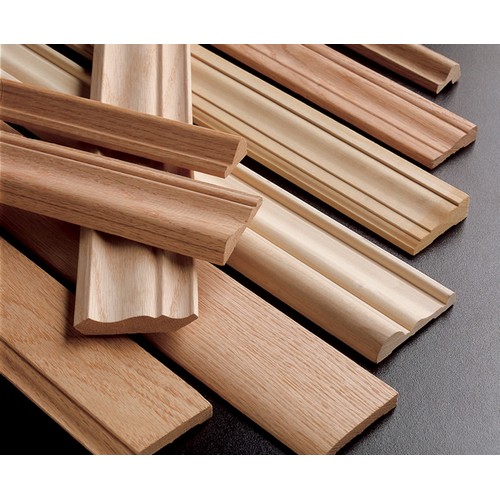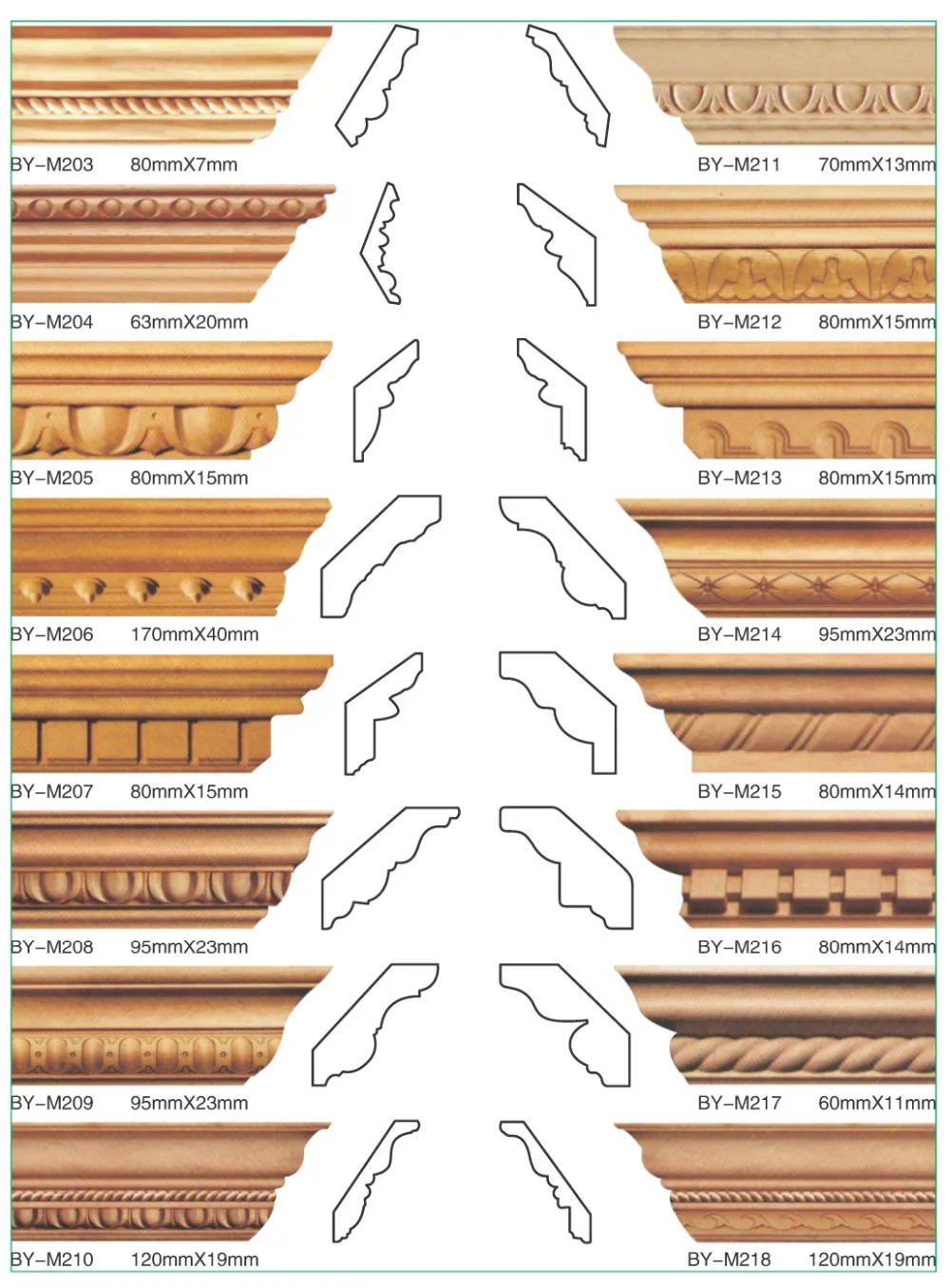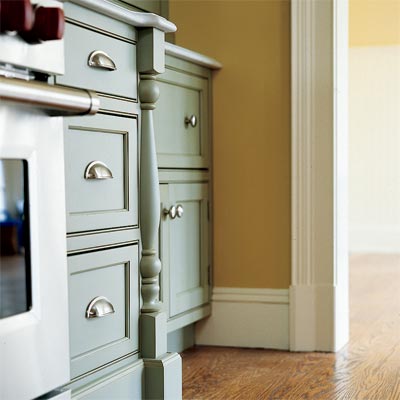Decorative wood cabinet trim is one of those elements that can silently transform the entire look of your home. When I first moved into my house, I was overwhelmed by the sheer potential of the spaces around me. Among the many improvements I contemplated, adding decorative wood trim to my cabinets became a game-changer. In this article, we’ll explore various styles, installation processes, maintenance tips, and everything else you need to know about decorative wood cabinet trim. So, let’s dive in!
Understanding Decorative Wood Cabinet Trim
Decorative wood cabinet trim refers to the embellishments or moldings that are added to cabinetry, enhancing both aesthetic appeal and architectural detail. These trims come in various styles, materials, and finishes, making them versatile for any interior design scheme.
Why Choose Wood Trim?
- Aesthetic Appeal: Wood trim adds richness and warmth to interiors.
- Durability: High-quality wood, when maintained properly, can last for decades.
- Customizability: It can be painted, stained, or left in its natural state to suit your style.
- Value Addition: Homes with well-defined trim often have higher resale values.

Types of Decorative Wood Cabinet Trim
When selecting decorative wood cabinet trim, understanding the options available can help you make an informed decision. Below, we explore some popular styles of cabinet trim.

Crown Molding
Crown molding is typically installed at the junction of the wall and the ceiling, extending elegantly down to the cabinet tops. It creates a sophisticated transition that can elevate the overall design.

| Pros | Cons |
|---|---|
| Adds height and grandeur to a room | Can be expensive depending on the material |
| Available in diverse styles | Requires precise installation for a clean look |
Base Molding
.jpg)
Base molding, or baseboard trim, runs along the bottom of cabinets and provides a finished look while protecting the cabinetry from scuffs and damage.
Comparison of Crown Molding vs. Base Molding

| Feature | Crown Molding | Base Molding |
|---|---|---|
| Location | Top of cabinets | Bottom of cabinets |
| Style | Elegant and elaborate | Simple to detailed |
| Installation Complexity | More complex | Standard |
Rail and Stile

Rail and stile designs are often found in traditional cabinetry. This involves a frame-like structure that’s characterized by horizontal rails and vertical stiles, providing a classic touch.
Shadow Boxes

Shadow boxes add depth to cabinetry, creating an illusion of additional space. They can be used in combination with other trims for a more dynamic look.
Choosing the Right Trim for Your Cabinets
When selecting the right decorative wood trim for your cabinets, consider the following factors:
- Style of Your Home: Match the trim style to your home’s architectural design, whether it’s modern, traditional, or rustic.
- Material: Choose quality wood types such as oak, maple, or cherry, which offer durability and a beautiful finish.
- Color and Finish: Think about whether you want a painted finish or natural stain to complement your existing decor.
- Budget: Assess your budget as trim prices can vary widely based on the type of wood and intricacy of design.
Installation Process for Decorative Wood Cabinet Trim
The installation of decorative wood cabinet trim can be simplified into manageable steps. Here’s a general guide based on my personal experience.
Tools and Materials Needed
- Measuring tape
- Plywood or solid wood trim pieces
- Wood adhesive or nails
- Finish nail gun (optional)
- Coping saw or miter saw
- Level and square
- Caulk and paint for finishing touches
Step-by-Step Installation Guide
1. Measure and Plan
Begin by measuring the dimensions of your cabinets and planning the trim style. Make sure to account for corners, angles, and any additional features.
2. Cut the Trim Pieces
Using a miter saw or coping saw, cut your trim pieces at a 45-degree angle for a snug fit at corners. Pay attention to the lengths and ensure accuracy.
3. Secure the Trim in Place
Position the cut trim pieces against the cabinets. Use wood adhesive or finish nails to attach them securely.
4. Caulk and Paint
After the trim is secured, use caulk to fill any gaps for a seamless look. Finish with paint or stain to match your cabinetry.
Maintenance Tips for Wood Cabinet Trim
To ensure your decorative wood cabinet trim remains in great condition, here is a list of maintenance tips I’ve learned over the years:
- Regular Cleaning: Dust your trim regularly to prevent buildup and maintain its appearance.
- Avoid Harsh Chemicals: Use mild cleaners to avoid damaging the wood finish.
- Temperature Control: Keep the environment stable to prevent wood expansion or contraction.
- Periodic Refinishing: Consider re-staining or painting your trim every few years for a fresh look.
Common FAQs About Decorative Wood Cabinet Trim
What is the best type of wood for decorative cabinet trim?
Hardwoods like oak, maple, and cherry are popular choices due to their durability and beauty. They take paints and stains well, enhancing the overall look.
Can I install cabinet trim myself?
Yes, with the right tools and a bit of patience, you can install cabinet trim yourself. Following proper techniques ensures a professional finish.
How can I maintain the finish on my cabinet trim?
Regular dusting and gentle cleaning with mild soap and water can help maintain the finish. Avoid abrasive cleaners that may scratch the surface.
Is decorative wood trim cost-effective?
Decorative wood trim can be an economical way to enhance your space compared to other remodeling methods. The long-lasting benefits often outweigh the initial costs.
Conclusion: Transform Your Home with Decorative Wood Cabinet Trim
Decorative wood cabinet trim can bring a fresh vibrancy to your home that elevates both its aesthetic appeal and functionality. By considering the styles, materials, and installation methods discussed in this article, you can make an informed choice that reflects your personal taste. Whether you choose to install the trim yourself or hire a professional, the results will undoubtedly transform your space. So why wait? Start planning your cabinet project today!